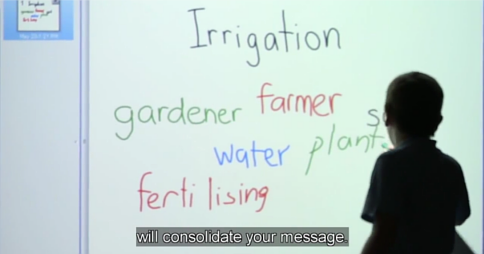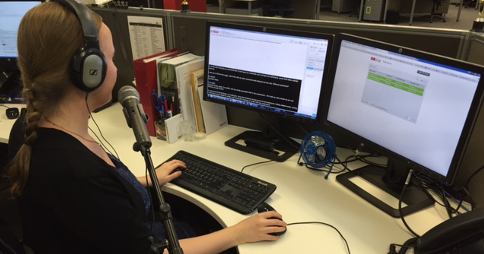Education Terms
Captions: essential for learning
This downloadable brochure is available for teachers, librarians and teachers of the Deaf to use and share, explaining how captions provide literacy, learning and accessibility benefits for all students. Available information includes:
Taxonomy:
Top of page
Several hundred million reasons captions boost literacy
Including captioning for excursions
How does captioning help with inclusive education?
Captioned video and transcripts – ideal access and teaching combination
Five key captioning roles for specialist educators
no
Show on home page

Five key roles you can play are:
1. Broadening the reach of access services to others
Taxonomy:
Top of page








